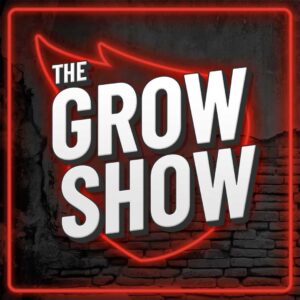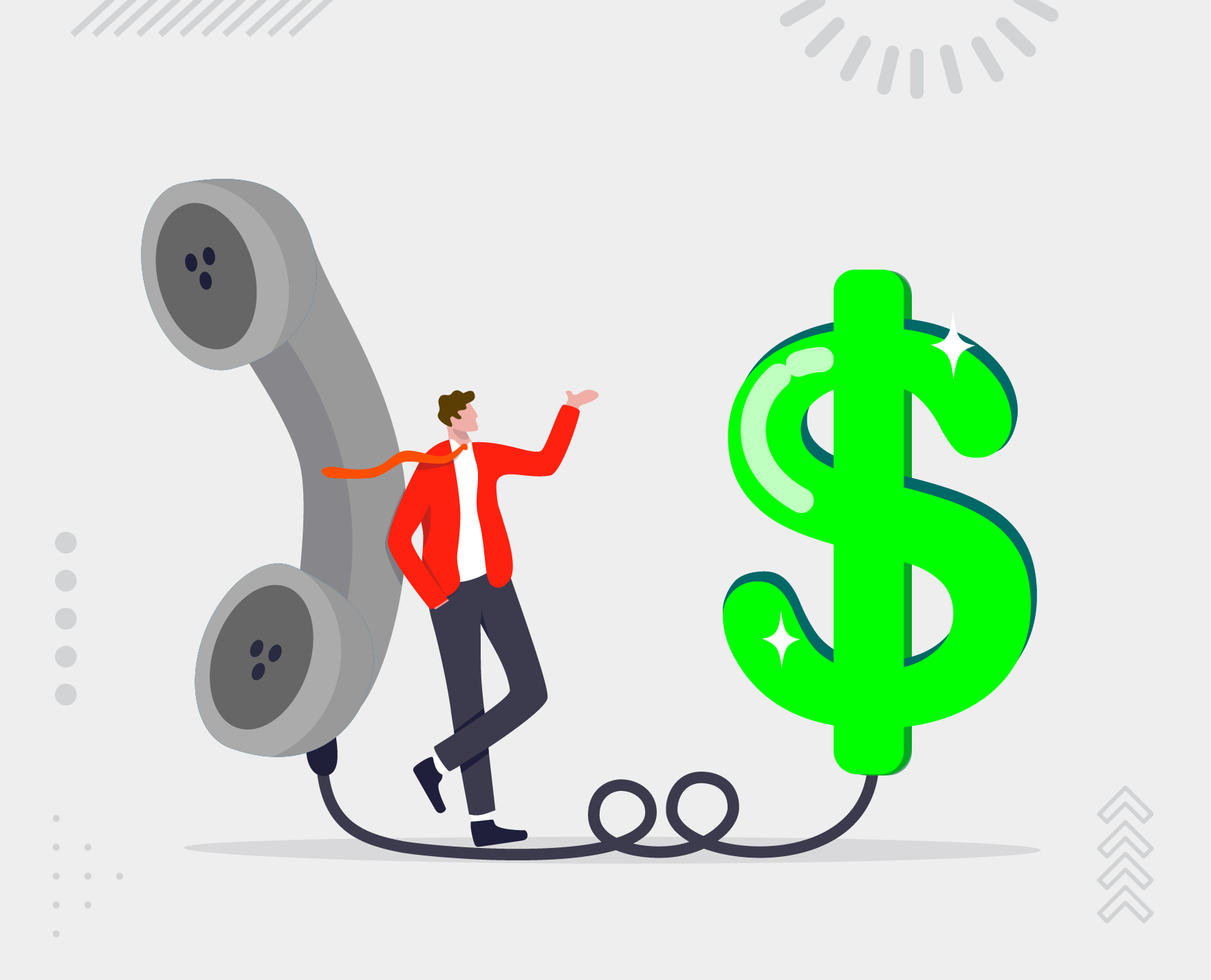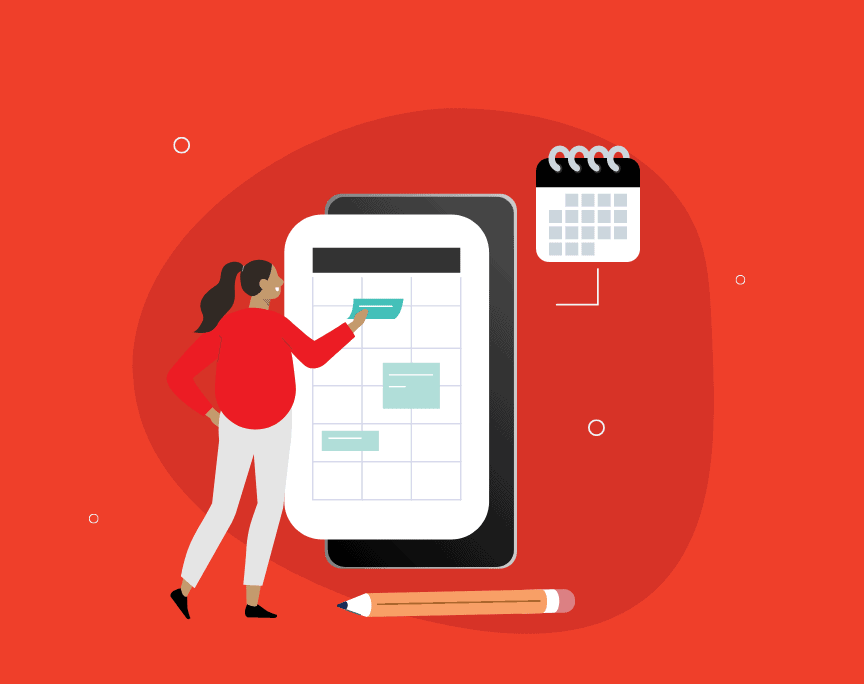In today’s fast‑paced global economy logistics companies need a steady flow of qualified leads to maintain growth. Whether you offer freight forwarding, warehousing, last‑mile delivery, or integrated supply‑chain solutions, consistent lead generation is the lifeblood of your sales engine. In this article you will learn how to target supply chain directors and C‑level executives through multichannel outreach channels like email, phone, LinkedIn and PPC. You will understand how to build a predictable, scalable pipeline—and how to ask that vital question: “When can we schedule a strategy call?”
Contents
- 1 Why lead generation for logistics companies matters
- 2 Understanding your buyer personas
- 3 Multichannel outreach strategy
- 4 Building a cohesive multichannel campaign
- 5 Lead qualification and nurturing
- 6 Messaging themes and content ideas
- 7 Measuring success and optimizing your pipeline
- 8 Overcoming common challenges
- 9 Conclusion
Why lead generation for logistics companies matters
Logistics is a competitive B2B space. Large enterprises and mid‑size organizations all need transportation services, warehousing, customs clearance, and route optimization. But they are cautious. They only move forward with partners they trust, who can demonstrate reliability and ROI. That means your marketing and sales must deliver clear value and measurable performance.
Relying solely on referrals or inbound lead magnets leaves gaps. You need proactive outreach to key decision makers: supply‑chain directors, VP of operations, Chief Logistics Officer, Chief Procurement Officer. Those folks juggle budgets, vendor lists, risk management, and carrier performance. You must speak directly to their concerns: cost control, service reliability, scalability and compliance.
Lead generation for logistics companies solves that by systematically identifying, engaging and qualifying prospects who match your ideal profile. It allows you to move beyond random inbound queries to a strategic pipeline. When done well you can reduce sales cycle duration, improve win rates, and elevate average deal size.
Understanding your buyer personas
Before you launch any outreach campaign you need clarity. Who exactly are you targeting? The primary personas in logistics typically include:
- Supply‑chain directors or VPs of supply chain. They oversee movement of goods, vendor relationships and cost optimization. Their priorities include reducing lead times, improving visibility, minimizing inventory and optimizing transport spend.
- C‑level executives such as Chief Operating Officer, Chief Logistics Officer or Chief Procurement Officer. They focus on strategic alignment, cost predictability, scalability and vendor performance.
- Procurement directors or managers who evaluate service providers, negotiate contracts, and handle vendor performance metrics.
- Operations managers who value operational excellence, carrier reliability and tracking visibility.
Map out their main pain points:
- High transportation or warehousing costs
- Lack of visibility across supply chain
- Carrier delays and missed delivery windows
- Scaling infrastructure to meet seasonal demand
- Compliance and customs complexities
- Inefficient manual processes and poor integration with ERP systems
Once you know what they care about, tailor your messaging accordingly. Use language they recognize and metrics they respect: cost per shipment, transit time reduction, on‑time delivery rates, loss/damage rates.
Multichannel outreach strategy
Email outreach
Email remains a powerful tool when done correctly. It allows you to deliver targeted content directly to inboxes of decision makers.
Tips for email outreach that converts
- Personalize based on pain point
Start with what you know: maturity of their supply chain, industry segment, geography. “I noticed your company ships electronics from Asia to North America…”. - Keep it concise and benefit driven
Busy executives scan quickly. Focus on the outcome: “Cut your transit time by 20 percent” or “Reduce storage cost per pallet”. - Use a clear call to action
Always end with a direct CTA. “Are you available for a 20‑minute conversation next week to explore how we can help?” - Sequence follow‑ups
Create a multi‑step sequence: Initial email, gentle follow up, case study or testimonial highlight, final reminder. If no reply, pause for a few weeks before trying a fresh angle. - Include social proof
Add brief logos or a one‑sentence client outcome. “Last year we helped a Fortune 500 retailer improve on‑time delivery from 85 percent to 98 percent within six months.”
Sample outreach sequence
- Email 1: Introduction, relevance and value proposition + CTA
- Email 2 (3 days later): Case study or proof point
- Email 3 (one week later): Question about current challenges (“Are delays increasing your operating cost?”) + CTA
- Email 4 (two weeks later): Include LinkedIn profile link or offer a resource—end with a last call to schedule a strategy call.
Phone outreach
Phone outreach brings a personal touch and real‑time conversation opportunity. It works especially well when email is too passive.
How to structure a successful call
- Prep before dialing
View your prospect’s LinkedIn profile or recent news. Tailor your script to their background or industry. - Open with context
“Hi [Prospect Name]. This is [Your Name] at [Your Company]. We help logistics teams at mid‑size manufacturers gain real‑time visibility across freight lanes. I know you’re busy, do you have 2 minutes now?” - Ask an open question related to a challenge
“What is your biggest challenge with transit delays affecting shelf stock?” or “How are you managing carrier cost fluctuations this year?” - Share a quick success story
“We recently saved a consumer goods client 15 percent on cross‑border transport by optimizing carrier mix and routing.” - Propose next step
“Would you be open to a brief strategy call next week to benchmark your process and explore opportunities to reduce cost and improve visibility?”
Best practices for phone outreach
- Track calls and responses in CRM.
- Use call scripts but keep them natural—not a read‑out.
- Alternate call times to reach prospects in different time zones.
- Follow up with email referencing the call to reinforce connection.
LinkedIn outreach
LinkedIn is ideal for social selling and building credibility without being intrusive.
Steps for LinkedIn outreach
- Optimize your profile
Ensure your own profile is professional, highlights logistics expertise, and focuses on outcomes clients see. - Connect with intent
When sending a connection request to a supply‑chain director or executive, include a short note: “Hi [Name], I help logistics teams reduce transit costs and improve delivery reliability. Happy to connect.” - Engage before pitching
Like or comment on their posts, share relevant articles on transport optimization or supply‑chain trends, and add thoughtful insights. - Deliver value via messages
After connection, send a short message sharing insight or resource. Avoid pushing a sales call immediately.
Example: “Hi [Name], we recently published a report on cross‑border transit cost benchmarks in consumer goods. Would you like a copy?” - After engagement, suggest a conversation
After value exchange, say: “If you’re open I’d love to schedule a strategy call to see if any of our solutions could help you reach similar outcomes.”
PPC and paid digital campaigns
Paid campaigns help you appear in front of prospects actively searching for logistics services.
Platforms and targeting
- Google Ads: Target keywords like “freight forwarding services”, “warehouse management solutions”, “3PL providers for electronics” etc.
- LinkedIn Ads: Target job titles such as Supply Chain Director, Head of Logistics, VP Operations; filter by industry, company size and geography.
- Facebook/Instagram Ads: Less B2B focused, but useful for raising brand awareness among procurement or supply‑chain groups.
Landing page strategy
- Create dedicated landing pages aligned with the ad copy.
- Include a clear value statement: “Reduce shipping costs by 10 percent within three months.”
- Add a form to schedule a strategy call directly.
- Feature testimonials or case studies relevant to the target industry.
Conversion tracking and optimization
- Set up tracking so you know which ads lead to strategy calls or downloading resources.
- A/B test ad copy, landing page headlines, form fields and CTA phrasing.
- Optimize bidding by conversion, not just clicks.
Building a cohesive multichannel campaign
A single channel is rarely enough. The strength comes from layering email, phone, LinkedIn and PPC in combination.
Sample campaign flow
- LinkedIn ads raise awareness among supply‑chain executives.
- Email sequence reaches target personas with personalized messaging and value.
- Phone outreach follows email to add a personal touch.
- LinkedIn direct messages engage those who did not respond to email or calls.
- Retargeting ads (on LinkedIn or Google) bring back visitors who’ve clicked your site or downloaded resources.
- Support via PPC ads ensures anyone actively searching sees your offer.
This method ensures repeated touches across channels without feeling spammy. Timing coordination is key. For example:
- Day 0: LinkedIn ad impression and connection request.
- Day 1: Email step 1.
- Day 3: Email step 2.
- Day 4: Phone follow up.
- Day 6: LinkedIn message referencing previous touch.
- Day 10: Retargeting ad.
- Day 12: Final email reminder.
Lead qualification and nurturing
Not every response will be ready for immediate strategy call. Before you ask “When can we schedule a strategy call?” you may need nurture sequences.
Qualifying leads
Use simple qualifying questions:
- What size freight volume/month do you manage?
- Are you evaluating new 3PL or logistics partners?
- What is your current delivery success rate?
- What is your timeline for reviewing or switching providers?
Treat inbound responses with equal care:
- Immediate fits: Book a call in first exchange.
- Future opportunity: Add to nurture track until budget or timing aligns.
- Not a fit: Politely close the loop and check if you may revisit in six months.
Nurturing strategy
For leads not ready today:
- Send quarterly newsletters with industry insights.
- Share ongoing case studies of similar clients.
- Invite to webinars or virtual workshops.
- Segment contacts by industry or company size to tailor content.
Over time, these prospects may become ready to schedule that strategy call.
Messaging themes and content ideas
Content is central to lead generation. Even outbound outreach should reference content resources that reinforce credibility.
Case studies
Write short success stories:
- Details on the problem
- Approach and solution
- Measured outcome (e.g. cost savings, transit time reduction, error reduction)
- Quote from a client
Share these in email sequences, LinkedIn posts or landing pages.
Whitepapers and guides
Develop high‑value content like:
- “Benchmark report: Typical transit cost per pallet for consumer electronics 2024‑25”
- “Top 5 best practices for customs clearance and compliance”
- “How to build a scalable last‑mile delivery strategy”
Offer these via forms in exchange for contact and then follow up.
Webinars and video
Host webinars or recorded video sessions on topics like:
- “Reducing cross‑border delays through smart routing”
- “Warehouse automation trends”
- “Transportation management systems: ROI and implementation case study”
Invite supply‑chain executives via email or LinkedIn.
Measuring success and optimizing your pipeline
To fuel your sales engine you need visibility on performance.
Key metrics to track
- Outbound email open and reply rate
- Phone call connection and conversion rate
- LinkedIn connection acceptance and response rate
- PPC ad click‑through ratio and conversion rate
- Visitors-to‑lead and leads-to‑strategy‑call
- Strategy‑call-to‑closed‑deal ratio
- Average deal value and sales cycle length
Tools that help
- Use a CRM (e.g. HubSpot, Salesforce) to log all interactions and measure pipeline velocity.
- Use marketing automation tools to send sequence emails and track behavior.
- Use Google Analytics and LinkedIn Insights to measure site visitors and ad performance.
- Tie revenue back to campaign origin whenever possible (e.g. first touch email vs PPC campaign).
Continuous optimization
- A/B test messaging, subject lines, call scripts, ad copy and landing pages.
- Refine targeting: job titles, company industries, company size or geography.
- Evaluate which channels generate the most qualified calls, and scale accordingly.
- Discontinue low‑performing channels or sequences to focus budget on where ROI is strongest.
Overcoming common challenges
Challenge: Low email reply rate
- Improve personalization.
- Reduce email length.
- Add clear value proposition and next steps.
- Try different subject lines (problem‑focused vs curiosity‑driven).
Challenge: Gatekeepers during phone calls
- Ask for the decision maker politely.
- Speak briefly with operations or procurement staff to schedule a call with the executive.
Challenge: LinkedIn connection requests get ignored
- Personalize with mutual connections or industry references.
- Engage on their posts first before sending request.
Challenge: High PPC cost without conversions
- Revisit landing page relevance and clarity.
- Narrow keyword targeting.
- Optimize ads for conversions rather than clicks.
- Add social proof, trust signals, and a strong CTA on landing page.
Conclusion
Lead generation for logistics companies is achievable and sustainable when you commit to a multichannel strategy, persona‑driven messaging, and ongoing optimization. By targeting supply‑chain directors and C‑level executives through email, phone, LinkedIn and PPC, you can build a predictable pipeline full of qualified prospects. Backed by compelling content, case studies and clear CTAs, you will convert more conversations into strategy calls and then into long‑term clients.
Your inbound content may generate interest, but proactive outreach ensures you control volume, timing and quality of leads. Meet decision makers where they are, speak to their business priorities, and demonstrate the value from day one. When you pair strong strategy with consistent execution you truly fuel your sales engine.

Madison Hendrix
Madison has worked in SEO and content writing at Abstrakt for over 5 years and has become a certified lead generation expert through her hours upon hours of research to identify the best possible strategies for companies to grow within our niche industry target audiences. An early adopter of AIO (A.I. Optimization) with many organic search accolades - she brings a unique level of expertise to Abstrakt providing helpful info to all of our core audiences.
- Madison Hendrix#molongui-disabled-link
- Madison Hendrix#molongui-disabled-link
- Madison Hendrix#molongui-disabled-link
- Madison Hendrix#molongui-disabled-link







